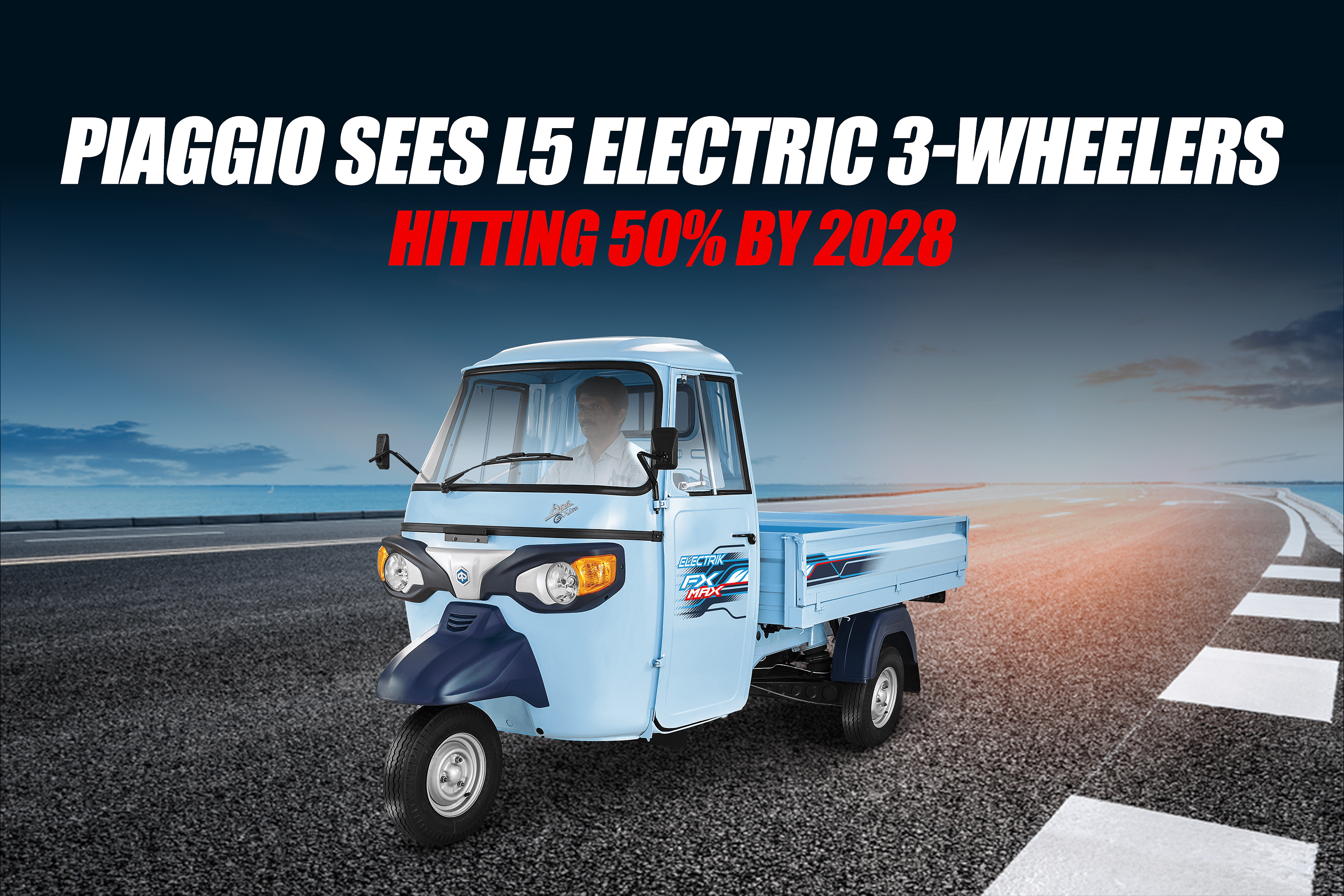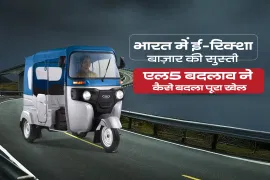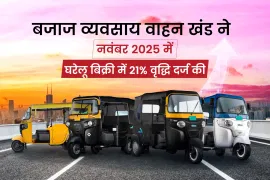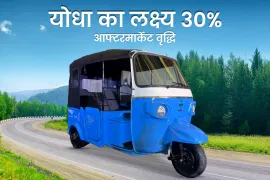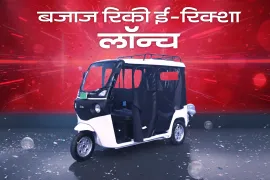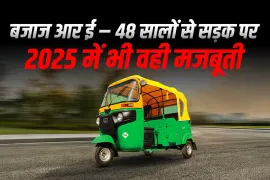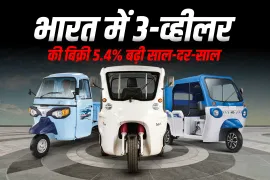Piaggio Vehicles expects L5 electric three-wheelers to make up as much as 50 per cent of the market by mid-2028. The company says the growth is driven by a deeper, structural shift despite reduced government subsidies under the FAME scheme.
The Indian arm of the Italian Piaggio Group recently launched two new models in the passenger electric segment: the all-new Ape E-City Ultra and the upgraded Ape FX Maxx. The move underlines Piaggio’s continued push in the EV 3-wheeler market, especially as it predicts sharp growth over the next few years.
“There is a spike in the penetration of L5 category electric three wheelers in the country in the last one-and-a-half years. And this is when the government incentives under the FAME program have reduced to one-fourth in the same period,” said Diego Graffy, Chairman and Managing Director of Piaggio Vehicles Pvt Ltd (PVPL).
Passenger L5s Driving the Shift
Electric 3-wheeler penetration has picked up notably. According to industry data, the passenger L5 three-wheeler segment contributed 22.8 per cent of total EV sales in FY25. Cargo L5s accounted for 21.5 per cent.
In the April–June quarter this year, passenger segment penetration jumped to 32.4 per cent. The rise continues even as central subsidies under the FAME EV incentives have scaled down sharply.
“The Government reducing the subsidy to one-fourth... could have definitely been a big disruption (in terms of demand) but instead of depressing the market, it has only kept on increasing. It means that the change or the shift that is happening now is structural and not anymore incidental.” Graffy said.
This structural shift, according to the company, is being driven by factors like better charging infrastructure, lower vehicle prices, and improved access to financing.
“These challenges have largely been addressed in this period leading to increased penetration, particularly of the passenger segment,” Graffy added.
Piaggio Bets on Steady Product Evolution

Piaggio introduced its first electric three-wheeler in India in 2019. Since then, the company has followed a deliberate strategy of renewing its lineup every two years. Unlike rivals who refresh more frequently, Piaggio focuses on thoughtful upgrades.
“We are not doing (renewing products) so frequently unlike many other players are doing in the space. We prefer to take our time,” Graffy said. “So, we are reviving our products every two years trying to introduce new features with innovation and technology.”
The recently launched Ape E-City Ultra, priced at ₹3.80 lakh, and the Ape FX Maxx, at ₹3.30 lakh, reflect that approach.
“We believe EVs are an opportunity to reshape urban transport and improve livelihoods. New Apé E-City Ultra and Apé E-City FX Maxx are being built with these realities in mind. They deliver what the Indian customer needs: best in class range, low battery degradation, strong performance, and minimal operating costs,” Graffy said.
South and West Lag in EV Adoption
Graffy also highlighted regional disparities in adoption. While the L5 3-wheeler adoption is accelerating in some parts of India, Southern and Western states are still catching up.
“The adoption rate across Southern and Western parts of the country however, is still much lower... it is expected to increase in the next couple of years and when it happens, the overall penetration rate would go much higher than 50 per cent,” he explained.
Interestingly, the e-commerce-driven demand for cargo three-wheelers is starting to slow down. Meanwhile, the passenger segment continues to pick up pace.
“Due to a structural transition that we see, now the passenger segment will have a much higher rate of adoption in the next few months,” Graffy said.
Policy Clarity Still a Concern
While demand remains strong, uncertainty over policy support is worrying automakers. The FAME-II scheme ended in March 2024 and was replaced by the PM E-Drive Scheme, with a smaller budget and a two-year window.
“Uncertainty on (the continuation) of the incentives is definitely very disturbing and some clarity going forward is required,” Graffy said. “Even if the government wants the incentives to discontinue from a particular date, declare it clearly so that every OEM can plan the strategy accordingly.”
Despite policy uncertainty, Piaggio is optimistic about future growth. Its Piaggio e-3W forecast is grounded in real-world market dynamics and consumer demand trends, rather than short-term government stimulus.
- Stay updated with 91trucks for more articles and news.
- Subscribe to our YouTube channel.
- Follow us on Facebook, Instagram, and LinkedIn.
वेब स्टोरीज़
नवीनतम थ्री व्हीलर समाचार
श्रेणी
91ट्रक्स एक तेजी से बढ़ता डिजिटल प्लेटफॉर्म है जो वाणिज्यिक वाहन उद्योग से संबंधित नवीनतम अपडेट और जानकारी प्रदान करता है।
